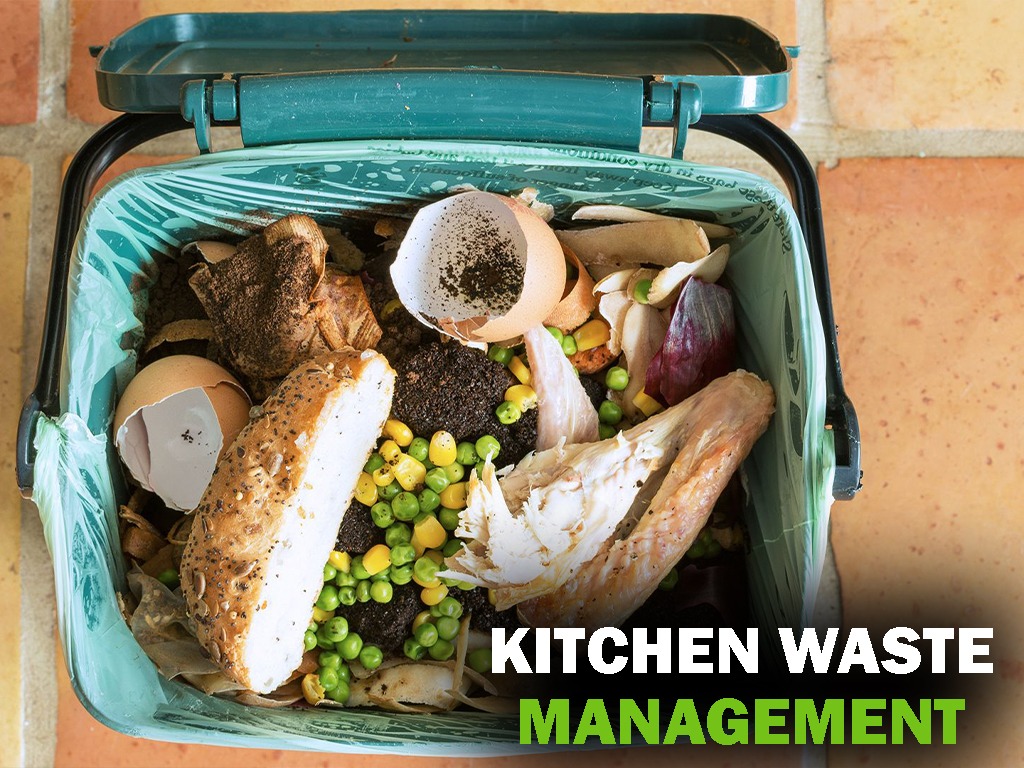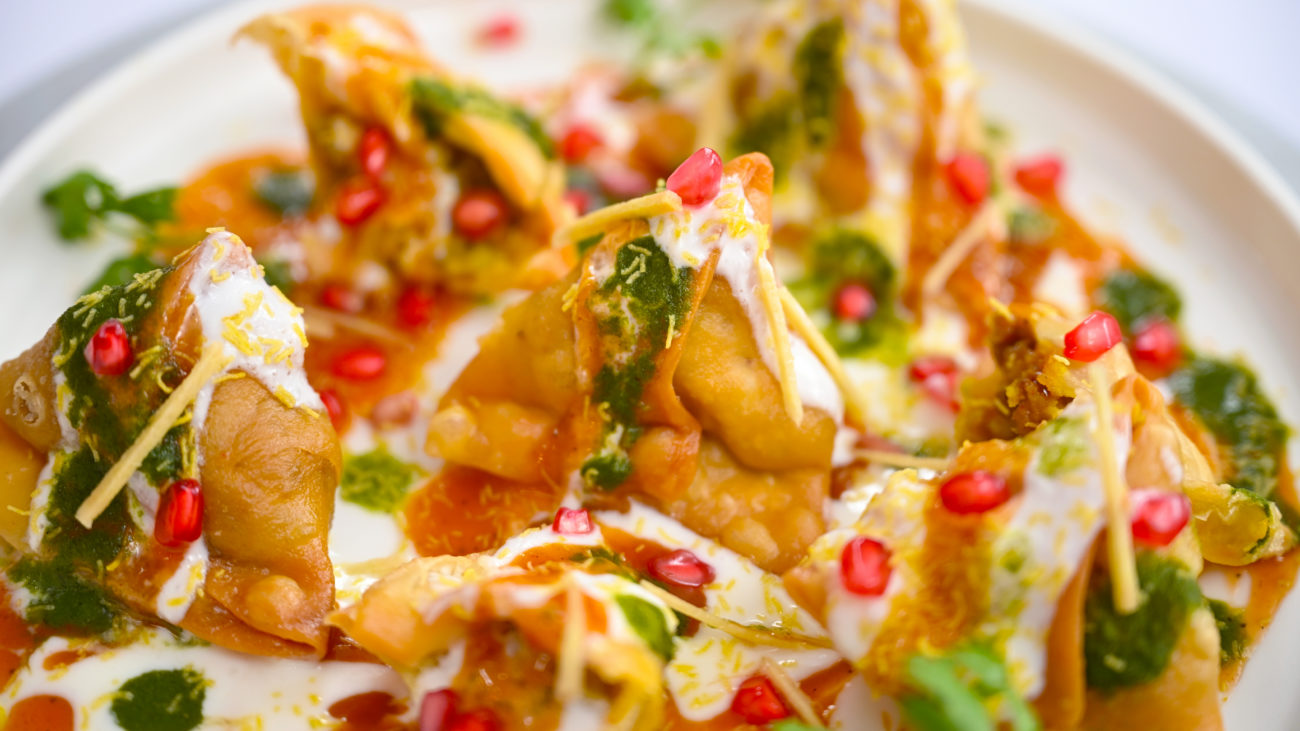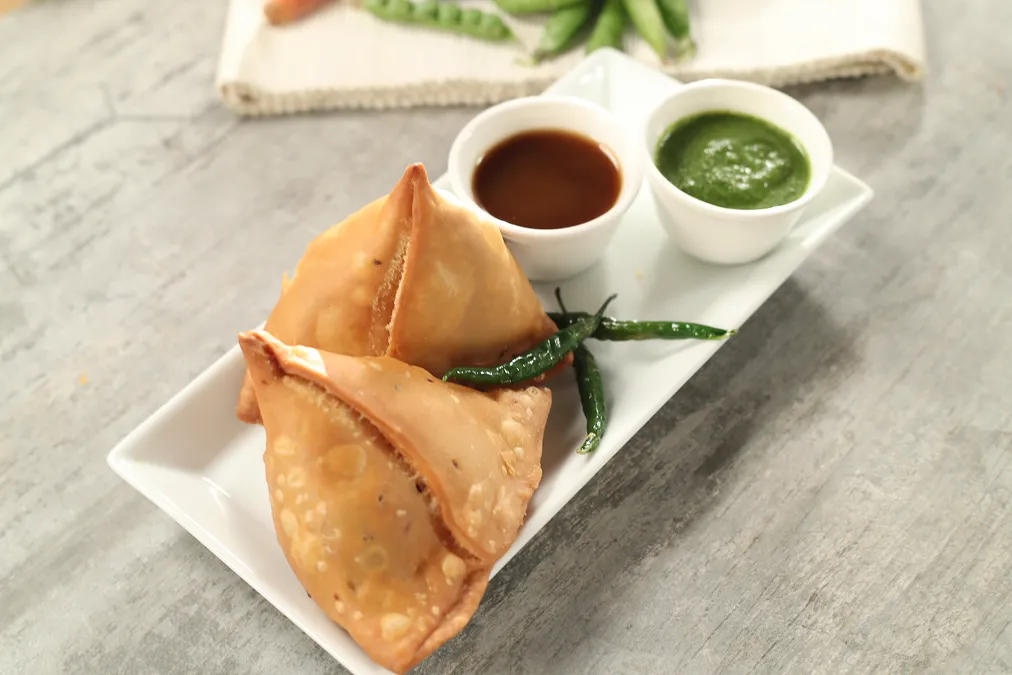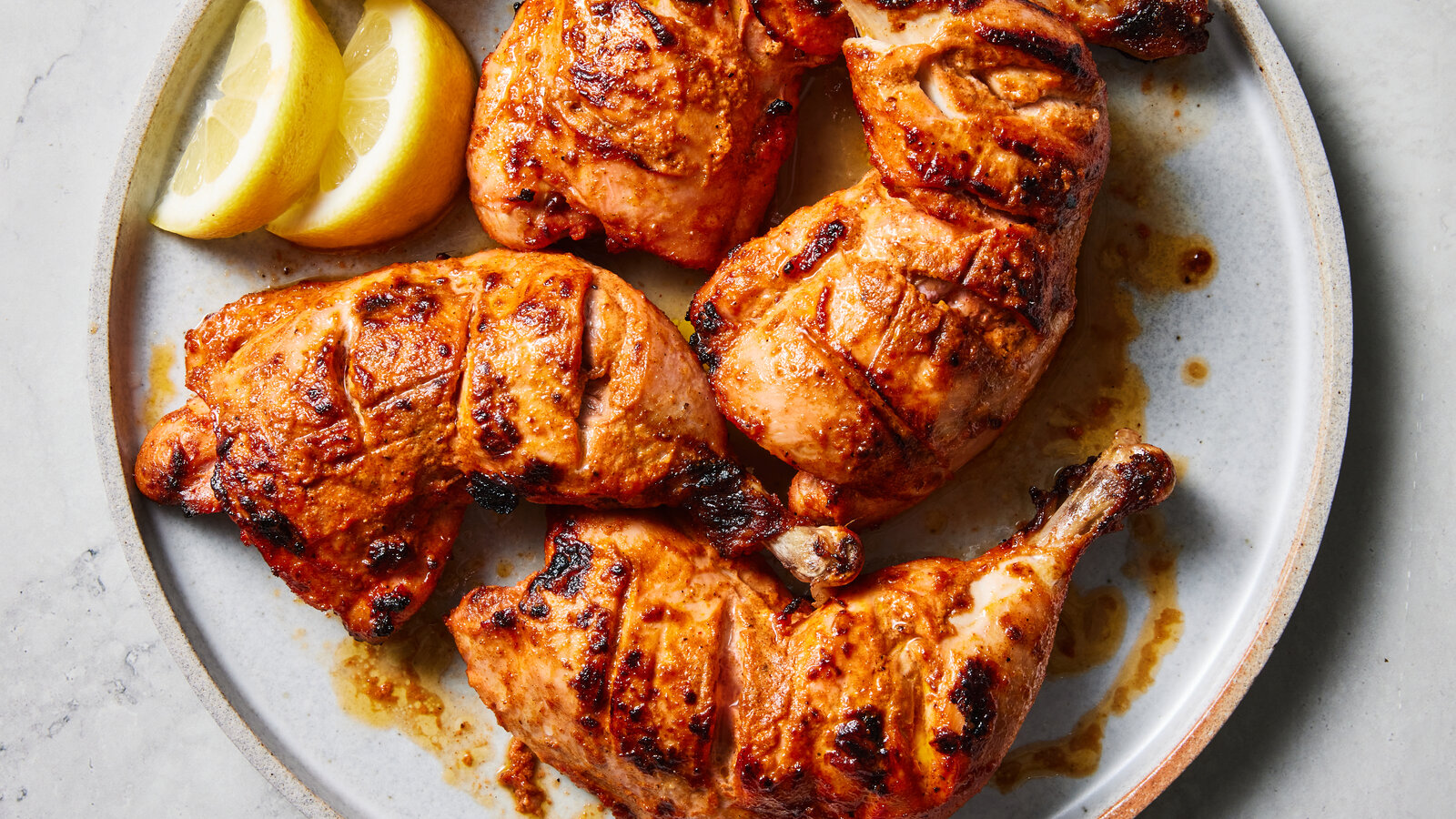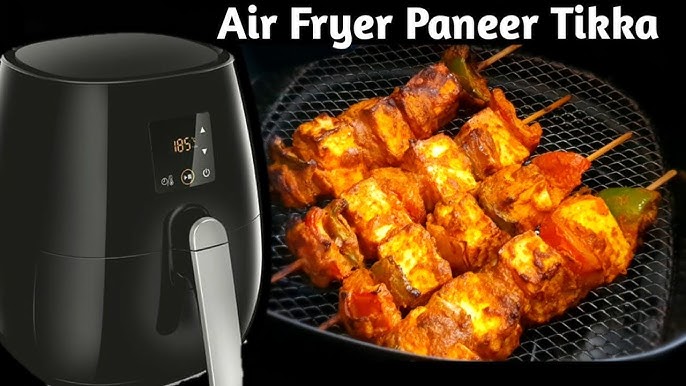Cravings are something everyone faces. Whether it is the sudden urge to eat sweets, fried snacks, or midnight munchies, cravings can feel hard to control. In India, where food is strongly connected to emotions and culture, cravings are even more common. A plate of samosas with tea, jalebis during festivals, or chips while watching TV often seem irresistible.
But learning how to handle cravings is very important. Uncontrolled cravings can lead to overeating, weight gain, and health problems like diabetes or high cholesterol. The good news is, with simple steps and a little self-awareness, you can manage cravings without feeling deprived.
This article will explain why cravings happen, how to control them, and which strategies work best for building healthy eating habits.
What Are Food Cravings?
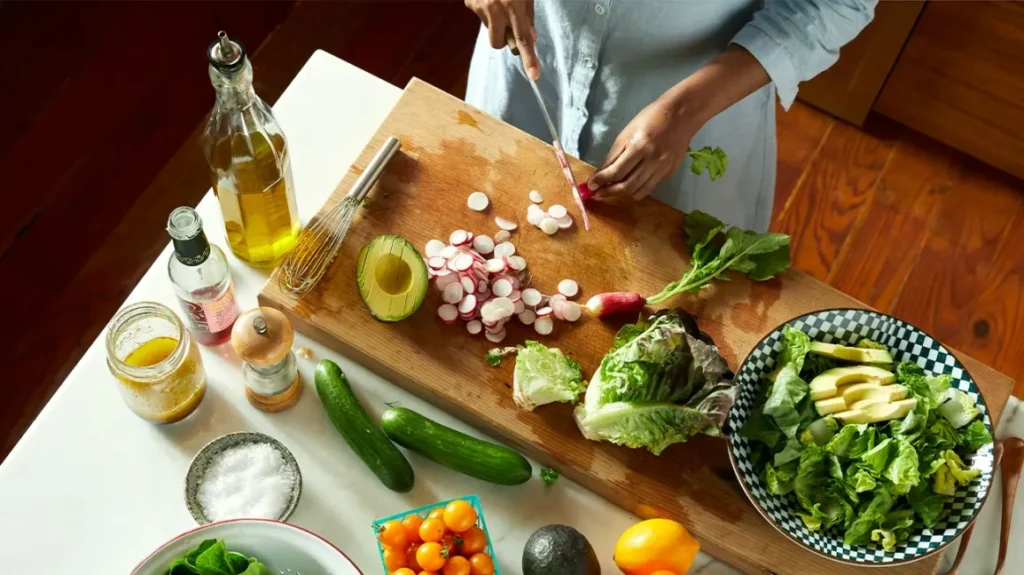
Food cravings are a strong desire to eat certain foods, even when you are not really hungry. They are different from normal hunger. Hunger comes slowly, but cravings appear suddenly. Hunger can be satisfied with any food, but cravings usually focus on specific foods like sweets, fried snacks, or salty treats.
Common Causes of Food Cravings
Understanding the reason behind cravings makes it easier to control them. Here are some of the most common causes:
- Emotional eating – Stress, boredom, or sadness often lead people to eat comfort foods.
- Nutritional gaps – Sometimes cravings indicate a lack of nutrients. For example, craving chocolate may mean your body needs magnesium.
- Hormonal changes – Women may experience stronger cravings during PMS or pregnancy.
- Sleep problems – Lack of proper rest increases the craving for high-calorie foods.
- Mindless habits – Watching TV while eating chips or popcorn becomes a routine craving.
- Highly processed foods – Packaged snacks and sweets are designed to trigger addictive eating.
Also Read How to Read Nutrition Labels: A Simple Guide for Healthy Eating in India
Types of Cravings
- Sweet cravings – Ice creams, chocolates, gulab jamun, laddoos.
- Salty cravings – Chips, pakoras, bhujia, papad.
- Spicy cravings – Chaat, pani puri, fried street food.
- Comfort food cravings – Food linked with emotions like biryani, pizza, or parathas.
How to Handle Cravings: Effective Strategies
1. Stay Hydrated
Sometimes cravings are confused with thirst. Drink a glass of water before reaching for food. Coconut water, buttermilk, or lemon water are also great choices in India’s hot weather.
2. Eat Balanced Meals
If your meals are low in protein or fiber, you will feel hungry sooner. Include dal, sprouts, tofu, vegetables, and whole grains in your meals to stay full longer.
3. Distract Yourself
When cravings hit, distract your mind. Take a short walk, listen to music, or call a friend. Most cravings pass within 15–20 minutes.
4. Keep Healthy Snacks Ready
Instead of chips and biscuits, keep roasted chana, makhana, peanuts, fruits, or vegetable sticks at home. If healthy snacks are available, you will naturally avoid junk food.
5. Practice Portion Control
If you cannot resist, have a small portion instead of overeating. For example, eat one piece of chocolate instead of the whole bar.
6. Manage Stress
Yoga, meditation, and breathing exercises can reduce emotional eating. In India, practices like pranayama and evening walks are simple and effective.
7. Get Enough Sleep
Poor sleep increases hunger hormones and cravings. Try to sleep 7–8 hours daily.
8. Plan Your Meals
If you eat on time, you are less likely to reach for unhealthy snacks. Plan your meals for the day and avoid long gaps between them.
9. Identify Triggers
Notice when you crave most—after work, while watching TV, or late at night. Once you know your triggers, you can replace unhealthy habits with better ones.
10. Don’t Skip Traditional Foods
Indian meals often include satisfying items like dal, sabzi, roti, and rice. These wholesome foods reduce the need for extra snacks.
Healthy Alternatives for Common Cravings
- Instead of sweets: Dates, raisins, jaggery laddoos, fresh fruits.
- Instead of fried snacks: Roasted makhana, baked samosas, air-fried pakoras.
- Instead of cold drinks: Lemon water, coconut water, fresh fruit juices.
- Instead of chips: Popcorn without butter, roasted peanuts, vegetable sticks with hummus.
Example: How to Control Evening Cravings in India
Many people in India crave fried snacks like samosas, pakoras, or bhujia in the evening. Instead of deep-fried items, you can try:
- Steamed dhokla with green chutney.
- Roasted sweet potato chaat.
- Sprout salad with onion, tomato, and lemon.
- Vegetable upma or poha with peanuts.
These options satisfy hunger while being healthier.
FAQs on Handling Cravings
Q. Are cravings normal?
Yes, cravings are normal. But when they become frequent, they can affect health.
Q. Can cravings be a sign of nutrient deficiency?
Yes, sometimes cravings indicate lack of nutrients like magnesium, iron, or protein.
Q. How do I control midnight cravings?
Keep fruits, nuts, or herbal tea ready. Avoid keeping junk food at home.
Q. Should I completely avoid my favorite food?
No. Restricting completely can increase cravings. Eat your favorite foods occasionally in small portions.
Q. Can drinking water stop cravings?
Yes, dehydration is often mistaken for hunger. Drinking water first can reduce cravings.
Final Thoughts
Cravings are a natural part of life, but they don’t have to control you. By eating balanced meals, staying hydrated, getting enough sleep, and keeping healthy snacks ready, you can manage cravings in a smart way.
For Indian families, traditional meals with dal, roti, rice, and vegetables already provide balance. The key is to reduce processed foods and include more wholesome, seasonal options.
Learning how to handle cravings helps you stay healthy, control weight, and enjoy food without guilt. With small daily changes, you can build strong eating habits that last a lifetime.
Author- Ayush






